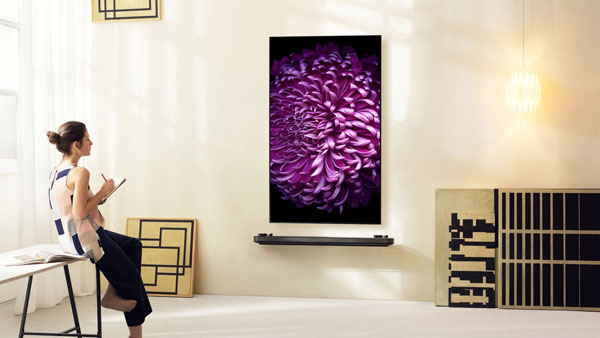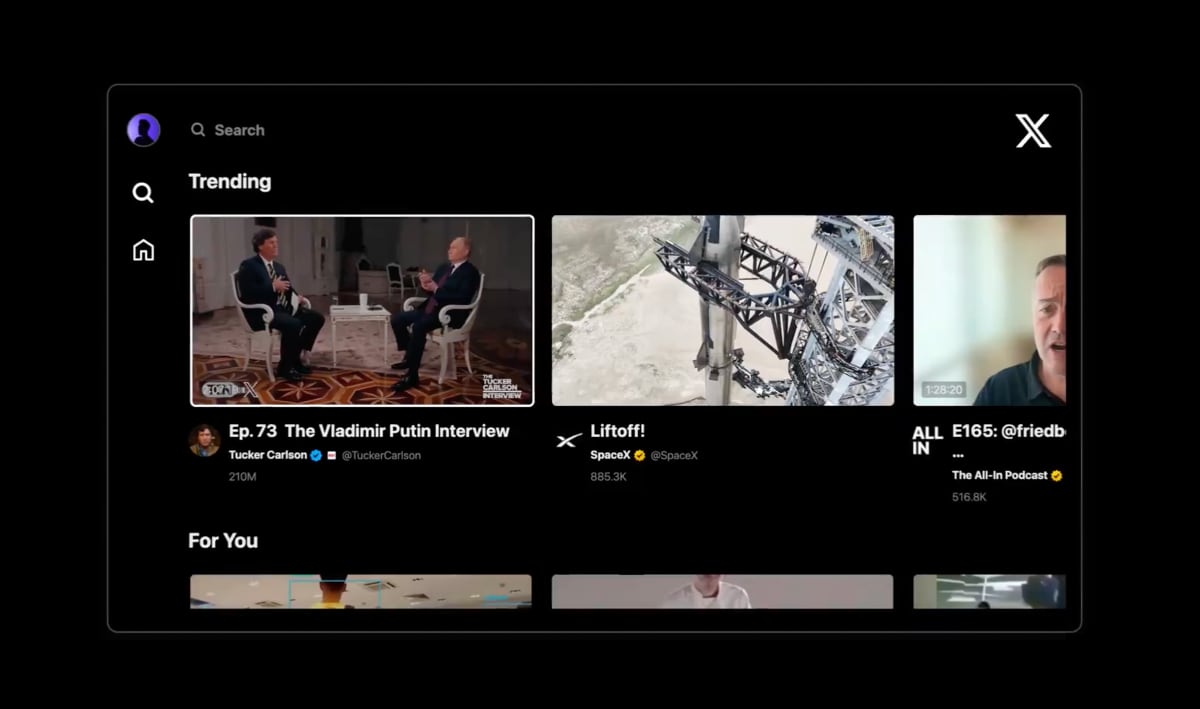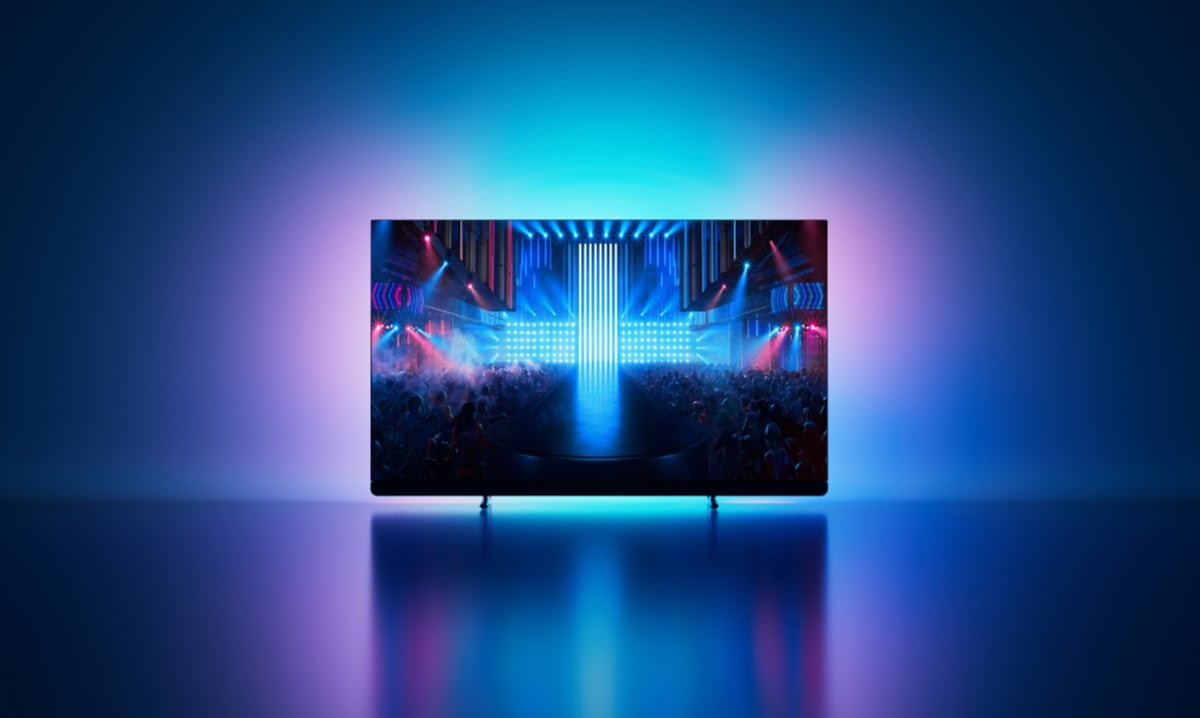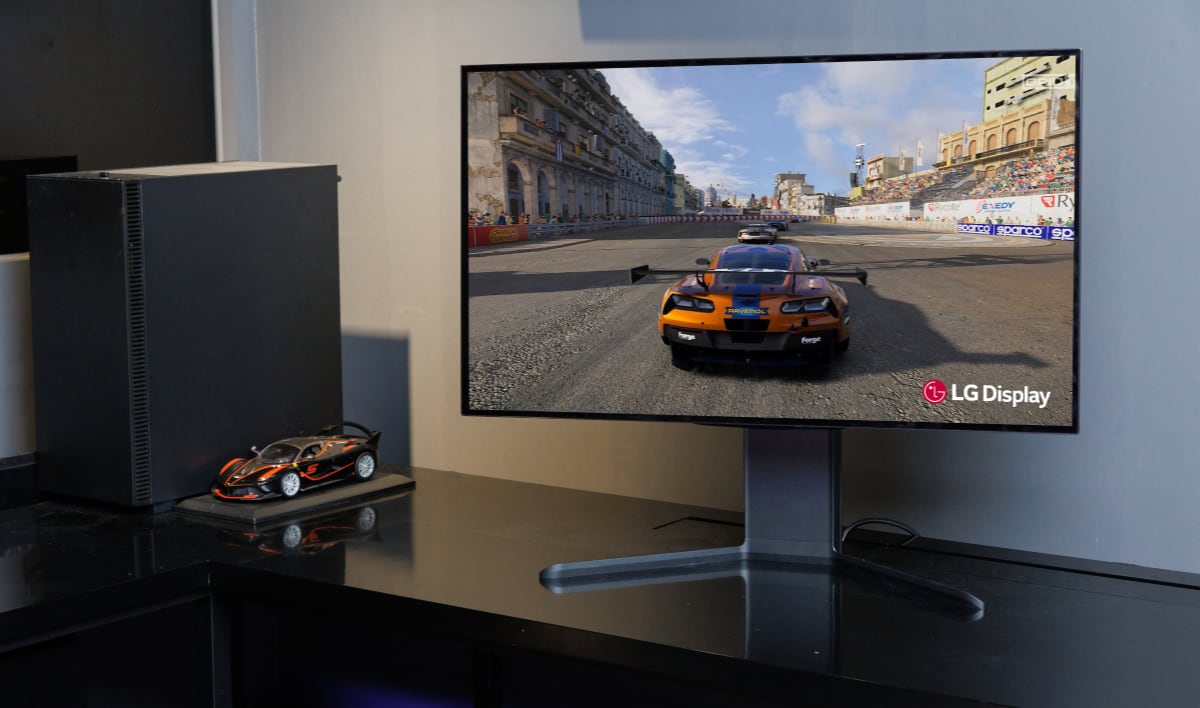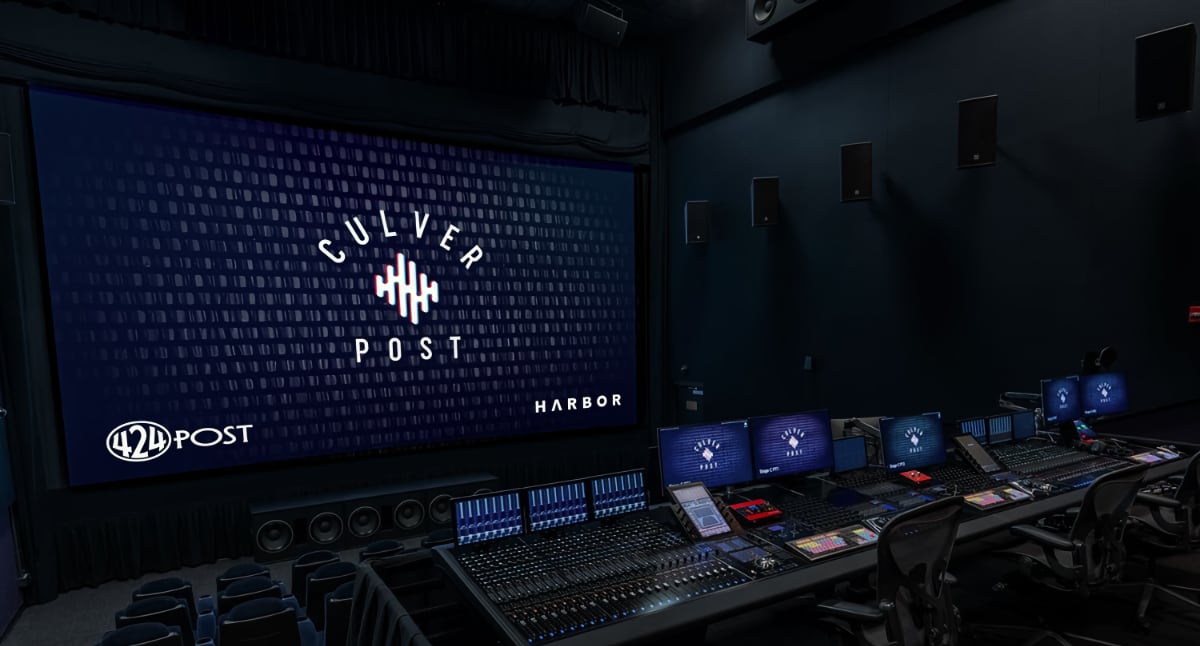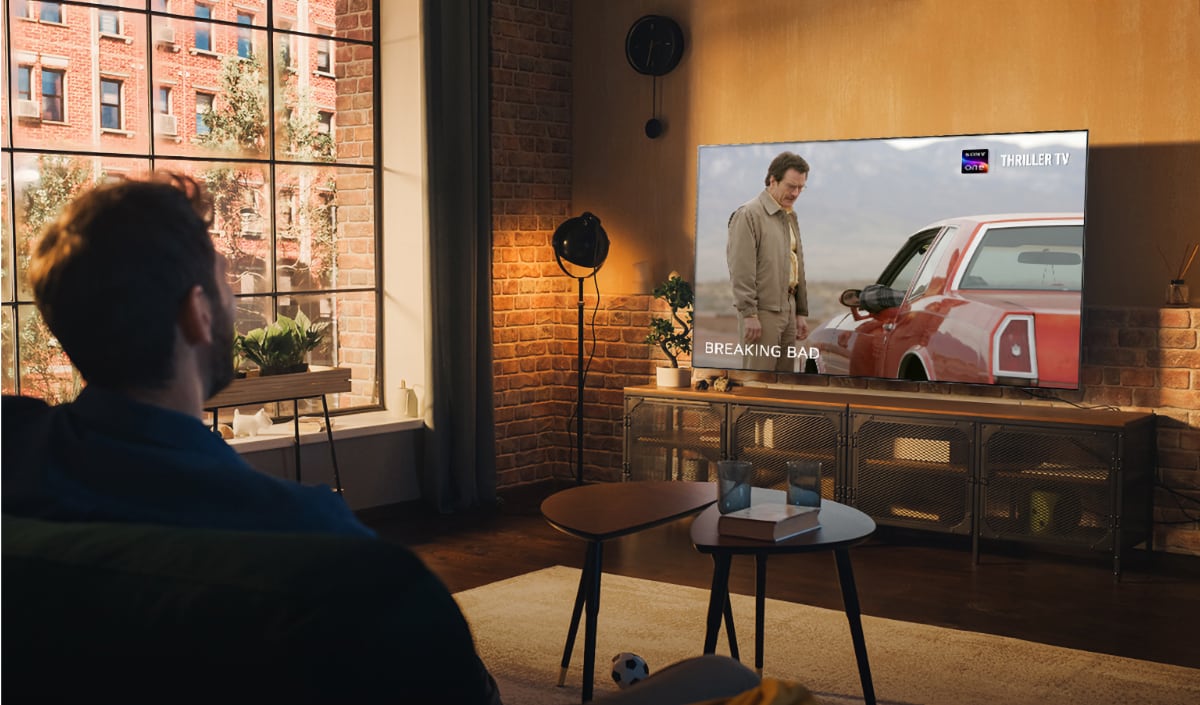A generational shift is sending seismic shockwaves through the TV industry and is ripping through the market. TV manufacturers are taking drastic action to address a dramatic market change. A dynamic that was causing a modest change when millennials entered the market is quickly escalating now Generation Z is displacing baby boomers.
Update: Happy April Fools' Day! We hope that you enjoyed our contribution.
In a drastic move, TV makers are phasing out traditional horizontal TV sets with immediate effect, replacing them with models using a vertical orientation or, in other words, switching from ‘landscape’ to ‘portrait’ format.
What’s happening? Younger consumers have stopped buying TV sets altogether because they don’t get the horizontal screen concept, having grown up with smartphones from the get go.
“Yeah, my parents and grandparents used to have such TVs"
Industry organizations like the European Association of Broadcasters (EAB) and the American Broadcast Union (ABU) are at this moment fully engaged authoring new standards for transmission of vertical content. The focus is entirely on OTT streaming formats however and broadcast TV in all variants – terrestrial, satellite, cable and IPTV – is skipped. Spokeswoman Claudia Macarone explains: “We’ve done focus groups with the target customers and the vertical TV format was a smashing success. However, when we asked the participants to hook it up they were baffled at the sight of a coax cable. Nobody recognized it. One participant thought it was a legacy networking cable. The rest just stared in bewilderment.”
- “The whole content production chain will need to be changed overnight. This is a far more profound change than the one from SD to HD or HD to UHD. Companies will need to write off all their tools and equipment. On the upside, it’s a gigantic opportunity for companies in the production tools business,” said Thierry Gautier of the newly founded Vertical TV Industry Forum.
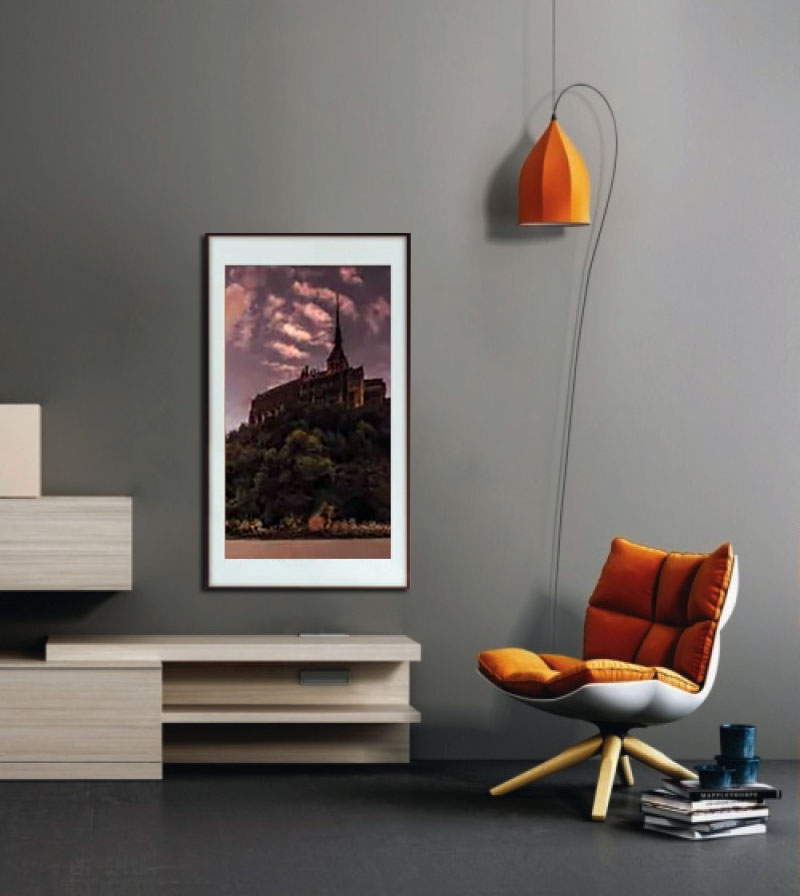
As Paul Green of DisplayQuest explains, the one part of the industry not affected by this sudden shift are the panel display manufacturers.
“We don’t really care. Pixels are pixels"
Sony will shortly launch a range of Xperia-branded TV sets.
- “We’ve been doing it wrong all along. We launched Bravia-branded handsets with aspect ratios as wide as 21:9 but our buyers just didn’t get it and kept using them upright. Then it suddenly dawned on us what we had to do,” said Sony.
One area of attention is the User Experience. Not the on-screen User Interface so much, but rather the content playback. A team of Google engineers has developed an algorithm for YouTube to fill the otherwise black bars that would show up when playing legacy horizontal content. As one TV buyer subtly put it: “I paid top dollar for a 65-inch TV. I don’t want to see no f***ing black bars, just fill the damn screen, alright?” The only problem occurs when playing content that was adapted from vertical to horizontal by padding the video to the left and right. In that case, the user will end up with actual video occupying about one sixteenth of the screen, with padding on all sides. The team’s lead said they’re hoping to come up with an auto-detect-and-zoom solution for that in the near future.
The next step will be to make all new TV sets touch-enabled.
- “These users expect to interact with their TV like they interact with their phone or tablet in every way. They’ve got no clue how to operate a remote control with physical buttons. It doesn’t swipe. It’s got to work like a fondleslab,” TV industry expert Paul Fisherman clarified.
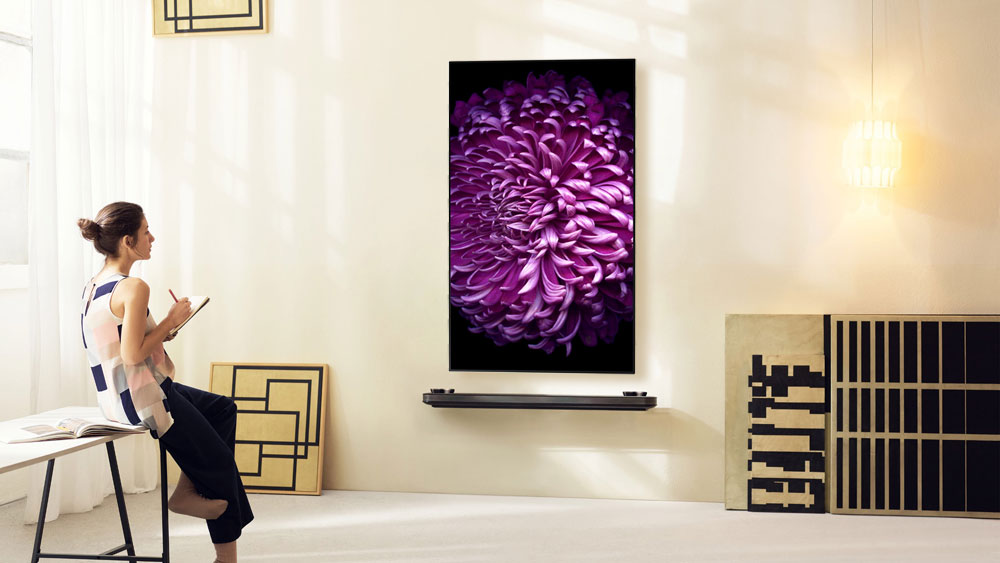
The experts all agree they have probably finally cracked what Steve Jobs must have been thinking of when he told to his biographer he had finally cracked how to make TV UI intuitive.
TV manufacturers expect to sell off the remaining stock of horizontal TVs in the remainder of the year, and to phase out support for them 12 months from today. Lars Rasmussen, editor of a Nordic TV website, advises people who still want to buy a horizontal TV to act fast. “Get ‘em while you can. You may not get a second chance.”
As succinctly put by another industry analyst, Ben Weiss: “Vertical is the new horizontal. You better get used to it.”
Words to live by.

